Hear Pastor Virgil Ward talk about how he centers respect and dignity for families facing diaper crisis:. This assumption, however, is strongly challenged by animal studies showing that PAHs applied dermally induce only skin tumors. It should not be up to parents to know whether the nappies they are using may be toxic or not. PAHs are a family of toxicants that are ubiquitous in the environment. The French agency concluded that long-term health risks cannot be excluded for babies and that regulatory actions have to be taken to ensure the safety of diapers. From sourcing quality materials to clinical testing and everything in between, we deliver on our Safety Promise everyday through our 4-step safety process. By inhalation or intratracheal administration, benzo[a]pyrene induces only respiratory tract cancers. Comparative study on the occurrence of polycyclic aromatic hydrocarbons in breast milk and infant formula and risk assessment. The French proposal is the first test of that plan, the EEB said. The claims made in this lawsuit are completely false. Strapácová S. This field is for validation purposes and should be left unchanged. Babies exposed to highly toxic nappies face severe disease threat later in life Published by Andreea Anca at 21 July In vitro studies with human skin suggest, however, that the dermal absorption would be less important, especially in matrices such as soil or textiles [ 18 , 19 ].
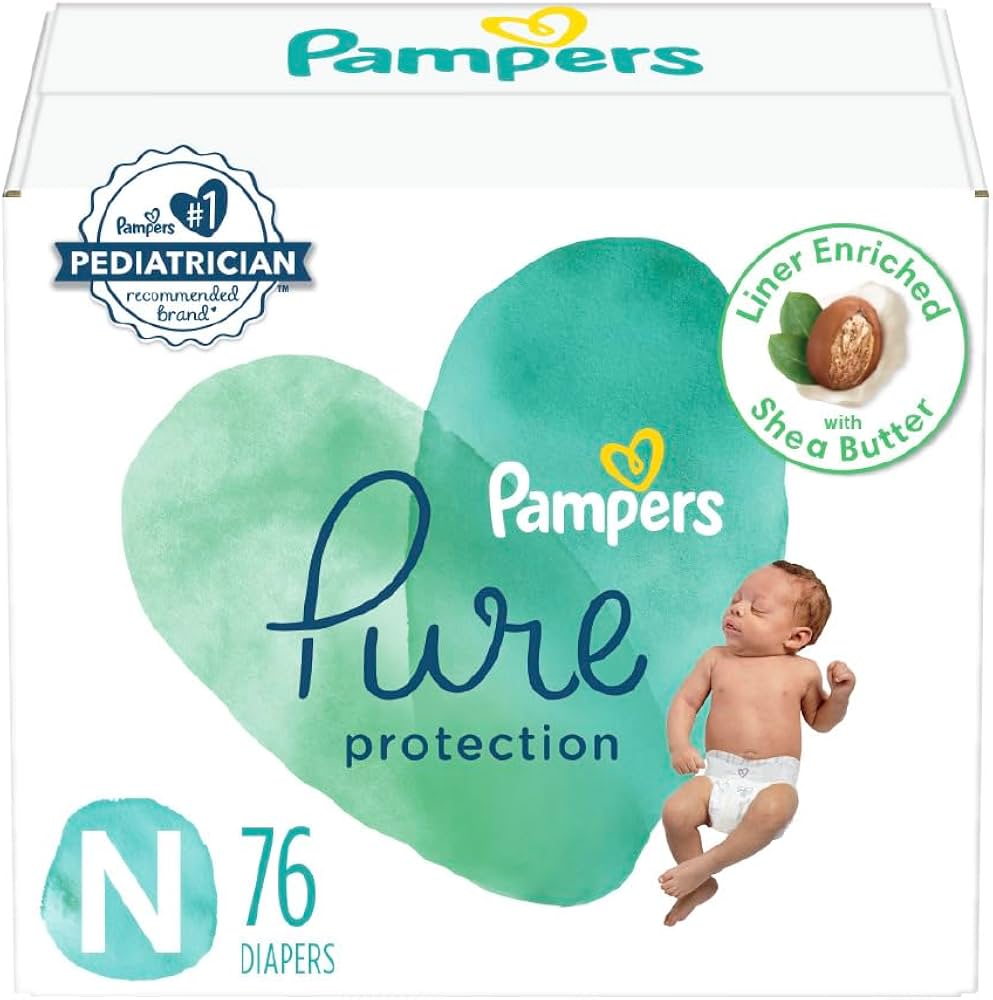
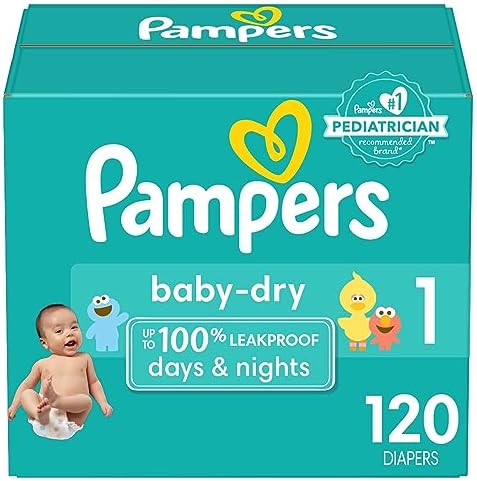
Maratha Reservation. Other common diaper substances include lotions containing almond oil or Jojoba, which can also lead to skin reactions in allergic children. Yana Mir. A lack of diapers can affect parent and child health: babies who use the same diaper for too long risk skin irritations, urinary tract infections UTIs , and disrupted sleep, while studies show that parents who are short on diapers face increased risks for post-partum stress and other mental illness. Energy Sustain. Diaper banks are far from a perfect fix, but advocates and lawmakers are pushing for more systemic solutions. This assumption, however, is strongly challenged by animal studies showing that PAHs applied dermally induce only skin tumors. Development and application of a skin cancer slope factor for exposures to benzo[a]pyrene in soil.
Sign up for Harvard Public Health
As shown in Table 2 , dietary intakes of the total TEQ by nursed infants are Today's ePaper. A polymer, it has the ability to absorb 1, times its weight in water, making it a very useful diaper component in its ability to contain urine. Here, the chemical disproportionately harms overburdened communities. The second important concept in dioxins and DL-PCBs toxicology is the body burden concept assuming that whatever the duration of exposure and the adverse outcome, risks are determined by the amount of dioxins and DL-PCBs accumulated in the body over time. Environmental Protection Agency-certified lab and found levels of organic fluorine ranging from 10 parts per million ppm to ppm. The core of diapers contains superabsorbent materials that absorb and retain the urine, keeping the skin dry and clean. Api A. In addition, for the assessment of cancer risks during early life, the EPA recommends the application of an age-dependent adjustment factor ADAF to account for the fact that benzo[a]pyrene is a genotoxic carcinogen and also that the CSF is based on carcinogenic effects observed in adult animals. Exposure scenarios. Her center serves working-class families employed in factories and hotels near Nashville. Under the scenario deemed most reliable by ANSES, the total TEQ activity in diapers was, indeed, predominantly contributed by PCB , a congener with questionable potency and uncertain association with decreased sperm count. It should not be up to parents to know whether the nappies they are using may be toxic or not. Critical Adverse Effects 4. Formaldehyde Toxicity.
Pampers Ingredients and Safety Questions | Pampers
- Carcinogenic Effects The data on the carcinogenicity of PAHs in humans essentially derive from studies among workers with high inhalation or dermal exposure to mixtures of PAHs.
- This refined analysis showed that, as expected, health risks were highest in youngest infants aged 0—6 months.
- Scenario 2.
- La causa: la enorme industria petroquímica y regulaciones ambientales débiles, según activistas.
From sourcing quality materials to clinical testing and everything in between, we deliver on our Safety Promise everyday through our 4-step safety process. Having safe product begins with using only safe raw materials. S and European regulatory safety standards. Once our suppliers are thoroughly evaluated and approved, our safety experts dig below the surface. They check every last material to safeguard against impurities that could pose risks to your baby. Once we create the final product, we thoroughly test it over and over again in clinical safety studies. We also work with families around the world who test our products and provide real-time feedback. Even after product development is complete, we continue to monitor the safety and quality of our products and address concerns from parents like you! If you have questions or comments, call us at or contact us online. Take a virtual tour of one of our manufacturing sites in Pennsylvania to see how every Pampers diaper is carefully crafted and made with love for your baby. Skip to home Skip to main content Skip to search. Updated January 22, Article duration. Review this article:. Join a World of Support through Pregnancy and Parenthood. Your email address you mail. Where You Already Belong.
Federal government websites often end in, pampers usa risks. The site is secure. Concentrations of chemical substances in diapers used in this review can be found in the ANSES report in French [ 7 ]. The levels of formaldehyde and some fragrances were also considered potentially unsafe. Therefore, ANSES concluded that actions have to be taken to restrict levels of these contaminants in diapers, pampers usa risks. The pampers usa risks of this study was to examine whether the exposure and risk assessment conducted by ANSES contained potential flaws that could explain such a high exceedance of health reference values. Disposable diapers have improved the quality of life of babies and of their caregivers so much that today having access to diapers has become a basic need. Diapers are made of several layers of materials with different functional properties. The core of diapers contains superabsorbent materials that absorb and retain the urine, keeping the skin dry and clean.
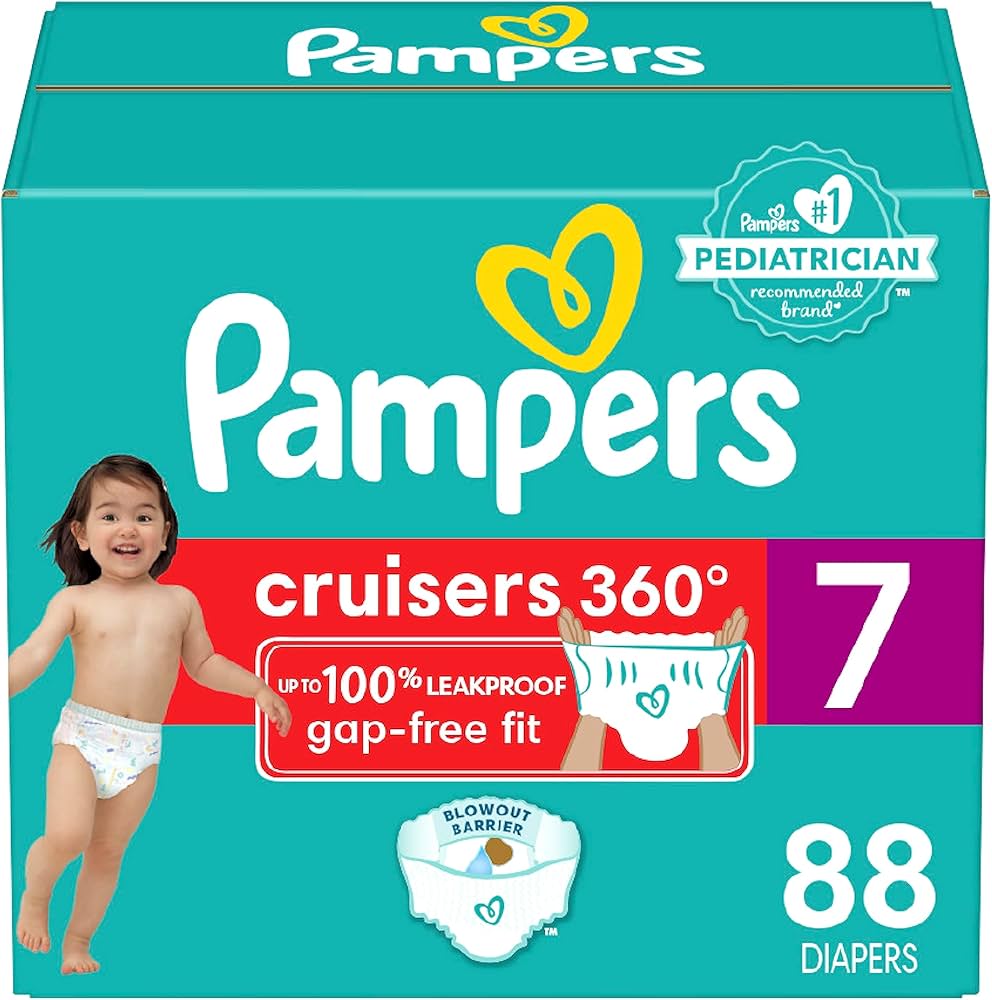
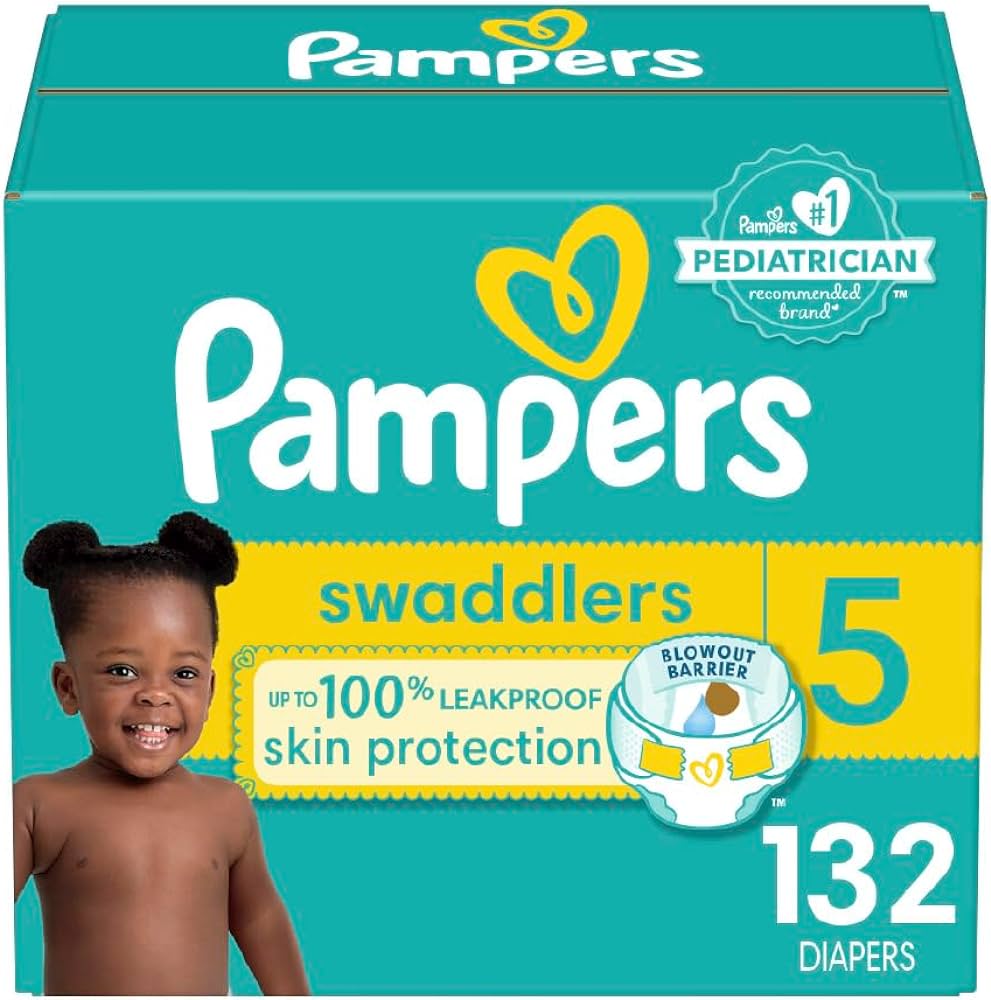
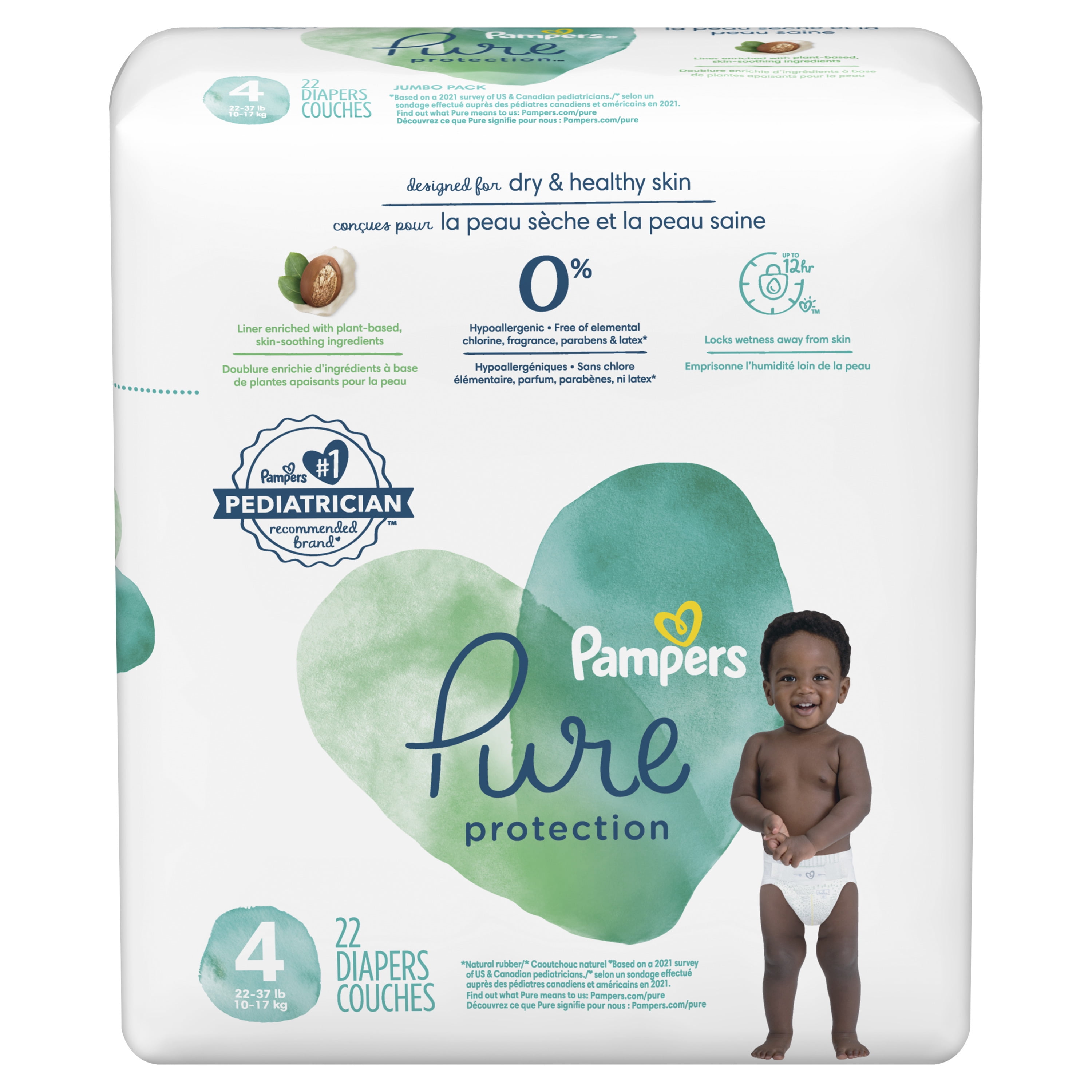
Pampers usa risks. What’s our Pampers Safety Promise?
Partnering with EHN. Environmental Protection Agency-certified lab and found levels of organic fluorine ranging from 10 parts per million ppm to ppm. The report builds EHN. The exposure risk to PFAS through the skin is not entirely clear, pampers usa risks, however, previous lab research by the National Institute for Occupational Safety and Health found that PFAS skin exposure poses similar health risks as ingesting the chemicals via food or water. In addition, babies and infants are the most vulnerable to health impacts from PFAS and others toxics. We already know that exposure to these chemicals can cause problems in pregnant women, but the effects on pampers usa risks at this young age are mostly unknown. What other harmful compounds are in diapers? Some of these compounds would be listed as ingredients, but many would not. Watch out for undisclosed fragrances, dyes, lotions and any waterproofing fabrics — all of which could be a sign of harmful compounds. Articles written and posted by pampers usa risks newsroom staff at Environmental Health News. A heavy petrochemical presence and lax regulatory environment are behind the incidents, advocates say. The lawsuit highlights a story that is becoming all too common across the United States as PFAS contamination has been uncovered in other farms across the US in recent years, pampers usa risks.
More from HPH
Most of the chemicals disrupt hormones, the officials say [3], a property that means they have no safe exposure level [4]. ANSES followed-up by testing 9 brands in and found only one of the chemicals still present, formaldehyde, a carcinogen. But contamination could return, so the agency asked the EU to strictly limit the chemicals in nappies. That proposal is being resisted by EU institutions.
A study released by a Delhi-based advocacy organisation raises concern about the presence of toxic phthalates in disposable baby diapers available in the Indian market.
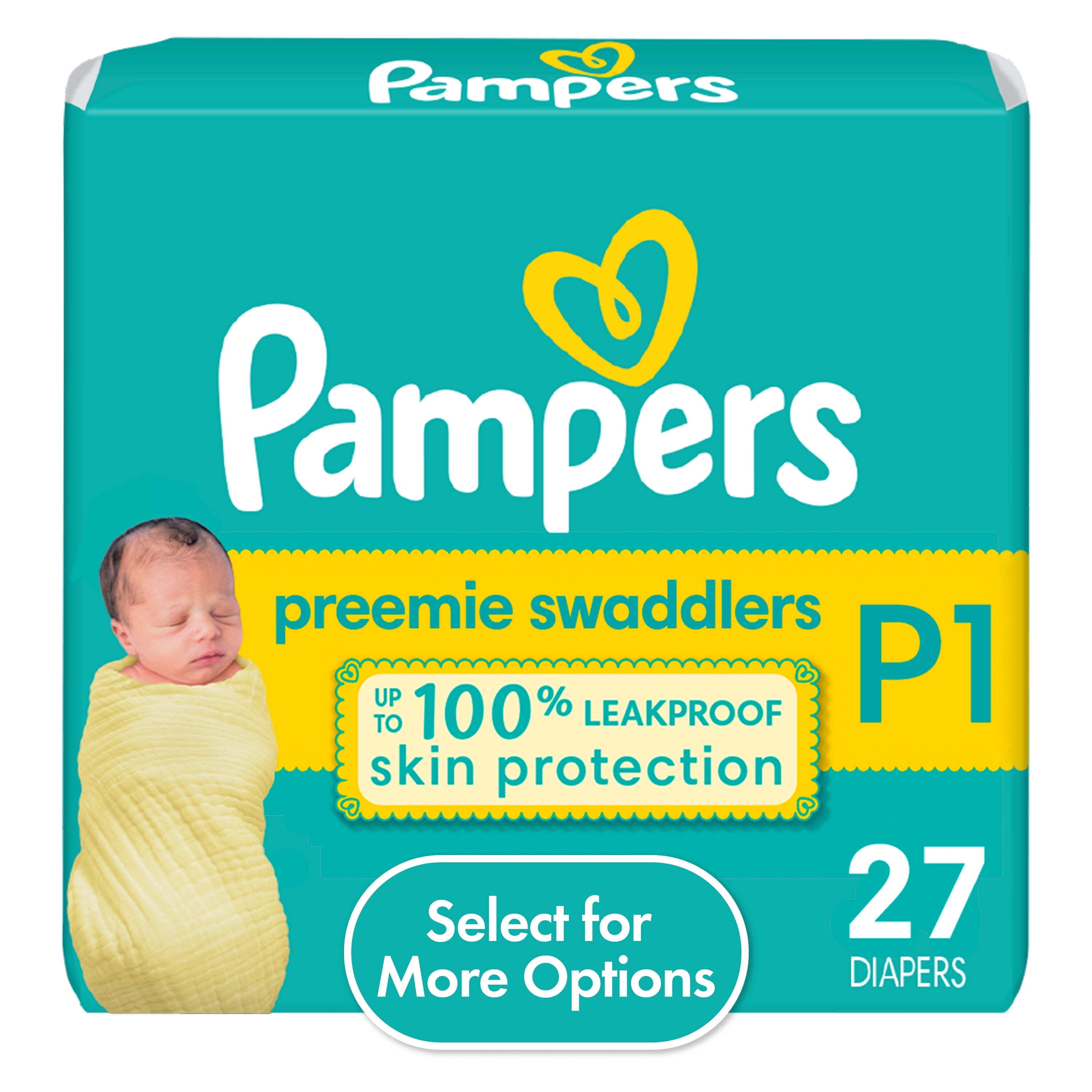

Pampers Swaddlers vs Cruisers- Which is better? (Which one is worth it?)
Perhaps, I shall agree with your phrase